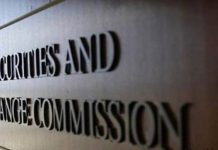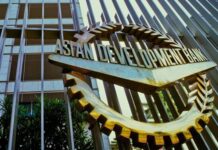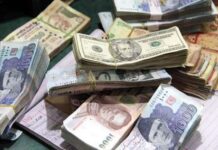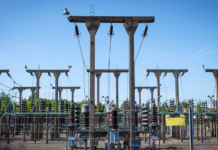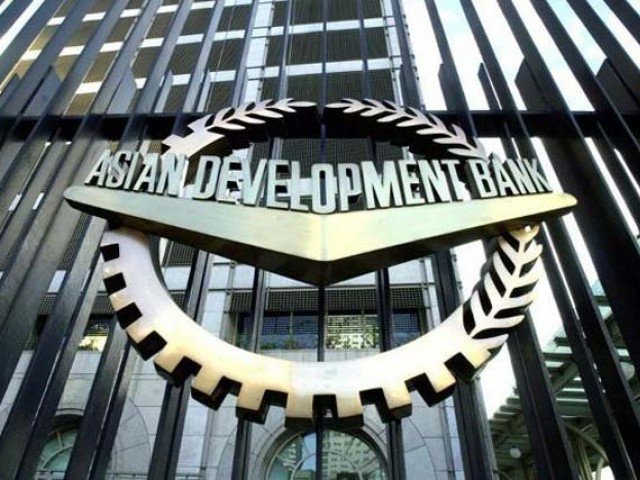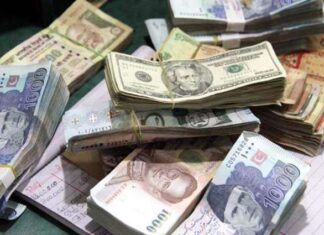The Asian Development Bank lowered its economic growth forecasts for developing Asia and the Pacific, citing higher U.S. tariffs and global trade uncertainty.
In its latest Asian Development Outlook report released Wednesday, the bank said the region’s economy is now expected to grow by 4.7% in 2025, down from the 4.9% projection made in April. The 2026 forecast was also trimmed to 4.6% from 4.7%.
Domestic demand in the region is expected to slow due to factors such as supply chain disruptions, rising energy costs, uncertainty in China’s property sector, and ongoing geopolitical tensions. Southeast Asia is forecast to see the largest slowdown, with growth expected to reach 4.2% in 2025 and 4.3% in 2026, compared to earlier projections of 4.7% for both years.
The report follows U.S. President Donald Trump’s announcement of a new trade agreement with Japan that includes a 15% tariff on Japanese exports, lower than the previously planned 25%. Trump also introduced a 19% tariff on goods from the Philippines, down from a previously threatened 20%, but still above the 17% level set in April.
Earlier this year, the U.S. applied a 10% base tariff on nearly all trading partners, with additional tariffs set to begin on August 1. The ADB urged countries in the region to focus on strengthening economic fundamentals and promoting open trade and regional integration to support investment and job creation.
The ADB defines developing Asia and the Pacific as 46 economies, including China, India, and Samoa, but excluding Japan, Australia, and New Zealand.


